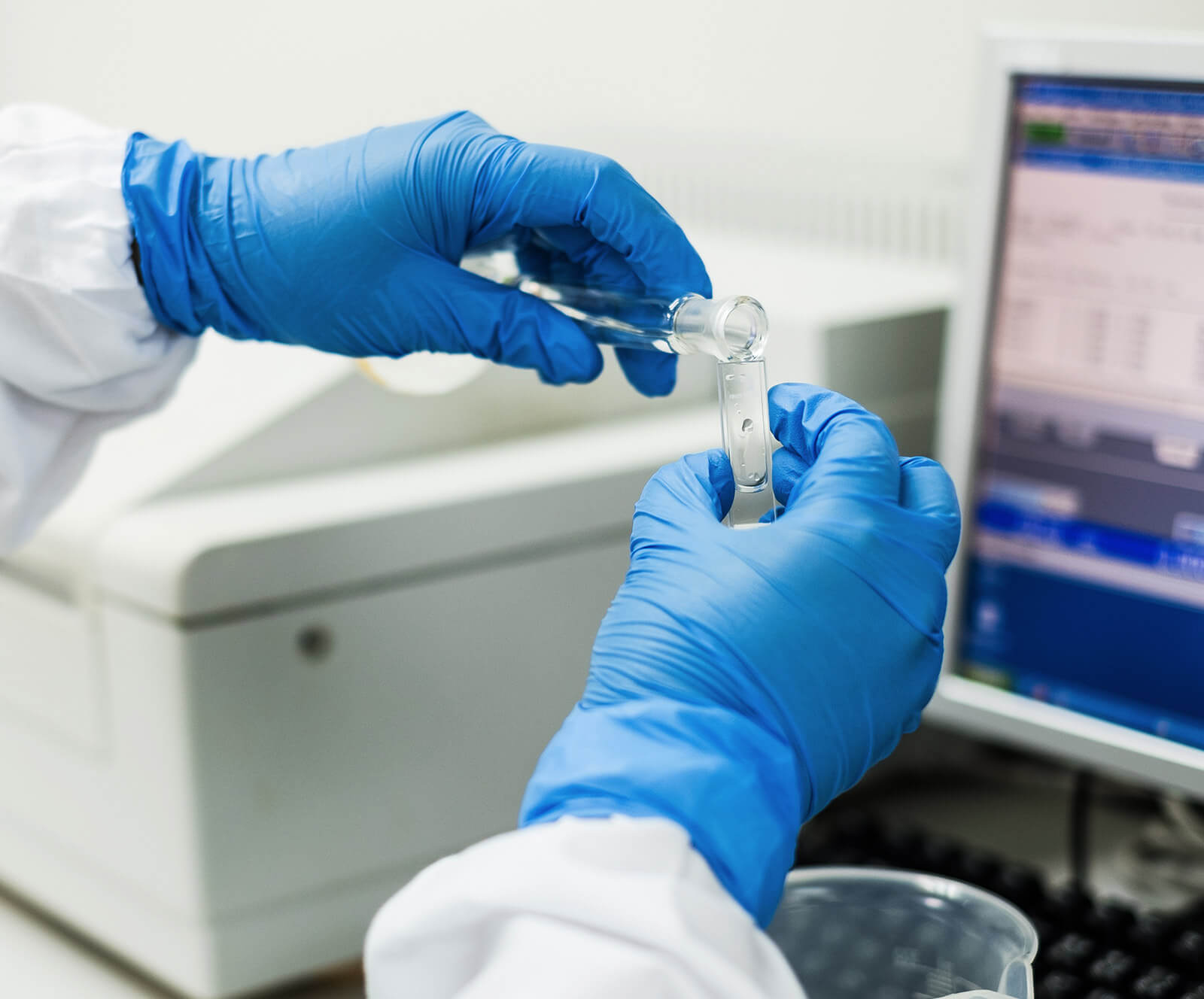Air, Instrument Grade
Compressed air with low moisture and hydrocarbon levels

N2 / O2
Instrument Air is used as a clean source of oxygen for oxidation processes

Coregas Air, Instrument Grade is supplied as compressed air in cylinders for plant instrumentation, control systems and analytical support. Specified for reliability in industrial environments, it’s delivered as a non-flammable gas under pressure and packaged for safe storage, handling and transport on NZ sites.
Plant instrumentation & control: valve actuation, panel air, purge/blanket of enclosures per site SOPs.
Laboratory/industrial support: utility air adjacent to analytical equipment where a non-flammable compressed gas is required.
General industrial applications requiring clean, dry compressed air in packaged cylinders.
For applications with tight purity/moisture/hydrocarbon limits (e.g., specific detectors or calibration duties), consider Coregas specialty gas grades.
NZ supply & support with local account management and rapid delivery.
Cylinder stewardship—return cylinders to Coregas for refilling or end-of-life processing.
Clear safety guidance for storage, handling and transport aligned to NZ requirements.
Classification: Gas under pressure — Compressed gas; non-flammable.
General hazards: Cylinders may rupture/explode if heated; cool from a protected location in a fire.
Storage: Keep cylinders upright and restrained, out of direct sun, below 65 °C, dry and well-ventilated, away from traffic/exits.
Handling: Do not drag/drop/roll; use a suitable cylinder trolley. Prevent uncontrolled release.
PPE / Engineering: For normal handling, wear safety glasses, leather gloves, safety boots; ensure adequate ventilation.
Spills/leaks: Evacuate area, move leaking cylinder (if safe) to a well-ventilated remote area and allow to discharge; do not repair valves/safety devices; keep gas out of pits/basements.
First aid: Treat exposure to high concentrations as potential asphyxia; seek medical attention.
UN 1002 – AIR, COMPRESSED
Class 2.2 — Non-flammable, non-toxic gas
Typical controls: secure cylinders during transport; keep valves closed and capped; ensure vehicle ventilation; driver informed of hazards and emergency actions.
No. It’s a non-flammable compressed gas, but cylinders are under pressure—protect from heat and physical damage.
Store upright, restrained, in a dry, ventilated area, out of sun/heat, away from traffic and building exits.
For normal handling: safety glasses, leather gloves, safety boots and adequate ventilation.
Use a rated cylinder trolley. Don’t drag or roll; keep valve protection in place.
Return cylinders to Coregas for refilling or end-of-life processing.
Moisture ≤ 15 ppm
Hydrocarbons as methane ≤ 10 ppm
| Size | Product Code | Volume / m³ | Weight (full) / kg | Pressure / kPa | Outlet connection | Availability |
|---|---|---|---|---|---|---|
| G | 9.9 | 72.35 | 20,000 | Type 60 | NZ Wide |
| Appearance | Odour | Flammability |
|---|---|---|
| AppearanceColourless gas | OdourOdourless | FlammabilityNon flammable |
2.2
 Non-flammable non-toxic gas 2.2
Non-flammable non-toxic gas 2.2
Contact our professional team for questions about products, pricing, creating an account & more.